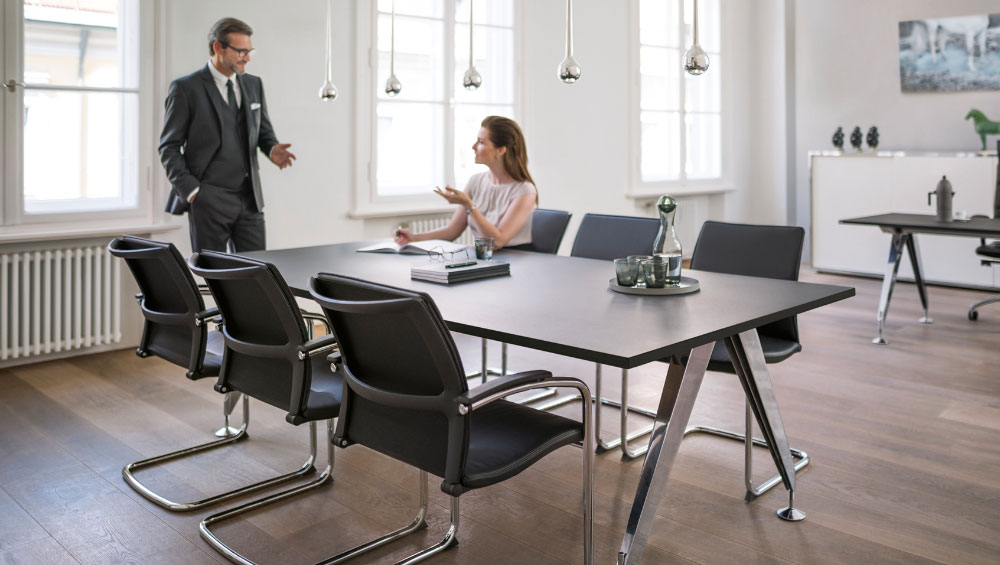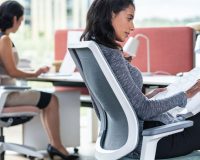You may recall an idea known as the Butterfly Effect that was popularised a few years ago. The gist of it is that the flapping of a butterfly’s wings in China could ultimately affect the weather in New York. It encapsulates the idea that changes in local conditions in a complex and dynamic global system can have far-reaching and possibly unforeseen consequences.
Although rooted in the science of Chaos Theory, the principle has been used to describe how things work on a global scale in many areas of our lives. It is even applicable to the ways in which ideas that spring up in one part of the world as a result of local conditions can swiftly influence thinking on a global scale, even to the point where they can rapidly supersede local legislation and culture.
There are many examples of this sort of thing. For some time, Western Europe has been seen globally as one of the pioneers of workplace innovation. This has come about in large part as a result of local conditions which make such an approach to office design and management essential.
These conditions include; local legislation and culture which make a focus on the productivity and wellbeing of employees essential; the growth of the knowledge economy; the shortage of employees in key business sectors; and the availability and cost of commercial property, especially in larger cities such as London, Paris and Frankfurt.
In other words, innovative workplace design and management can flourish precisely because Europe has a mixture of the right mentality and positive attributes and a number of potentially adverse challenges that make innovation essential. It is essentially rooted in the approach these countries take towards cultural issues such as individual well-being and productivity. Such regional differences can produce micro-climates of innovation and regulation that can have a knock on effect on the way other countries around the world address the whole issue.
Governments can’t always keep up although there are welcome signs that they are more likely to take an international approach. However, legislation takes time to develop and introduce so frequently and inevitably falls behind the demands of buyers. This demand for something more and better can feed innovation at a local level and, in the case of multi-nationals, drive change directly on a global scale.
Although challenging, this is often the way that real change comes about. For all the work we can do as an organisation in terms of research and development, there’s nothing quite like a customer telling you what they really need as a way of gauging how the market is changing.
It is precisely this bottom up approach to the development of new ideas as a way of meeting constantly emerging new challenges. Local conditions, communicated by the demands of customers, with solutions created by great workplace designers, managers and manufacturers produce an end result that can be shared on a global scale with everybody benefiting as a result.
Moving to a new beat
A great example of this is the way that pioneering firms like Sedus have responded to the changing world of work and new technology with products that offer solutions to shared global challenges.
These are not based solely on the design of an ergonomic product, essential though that is, but also an appreciation of the wider and changing relationships between people, the ways they work, the places they do it and the devices with which they work.
Not least, many of us would benefit from frequently varying the position in which we work throughout the day. Workplace products such as chairs can help by being designed and adjusted to encourage movement, as the se:motion shows, but culture and work patterns are just as important to encourage people to move more.
Ergonomics is an issue that relies on the entire workspace, not just an individual workstation. It is about know-how, working culture and variety. As awareness of these issues spreads from local pioneers of solutions, the effects can be felt worldwide as people understand the importance of using technology in the most appropriate ways, the need to move even while they are sitting and the chance to get up and move around whenever possible.








